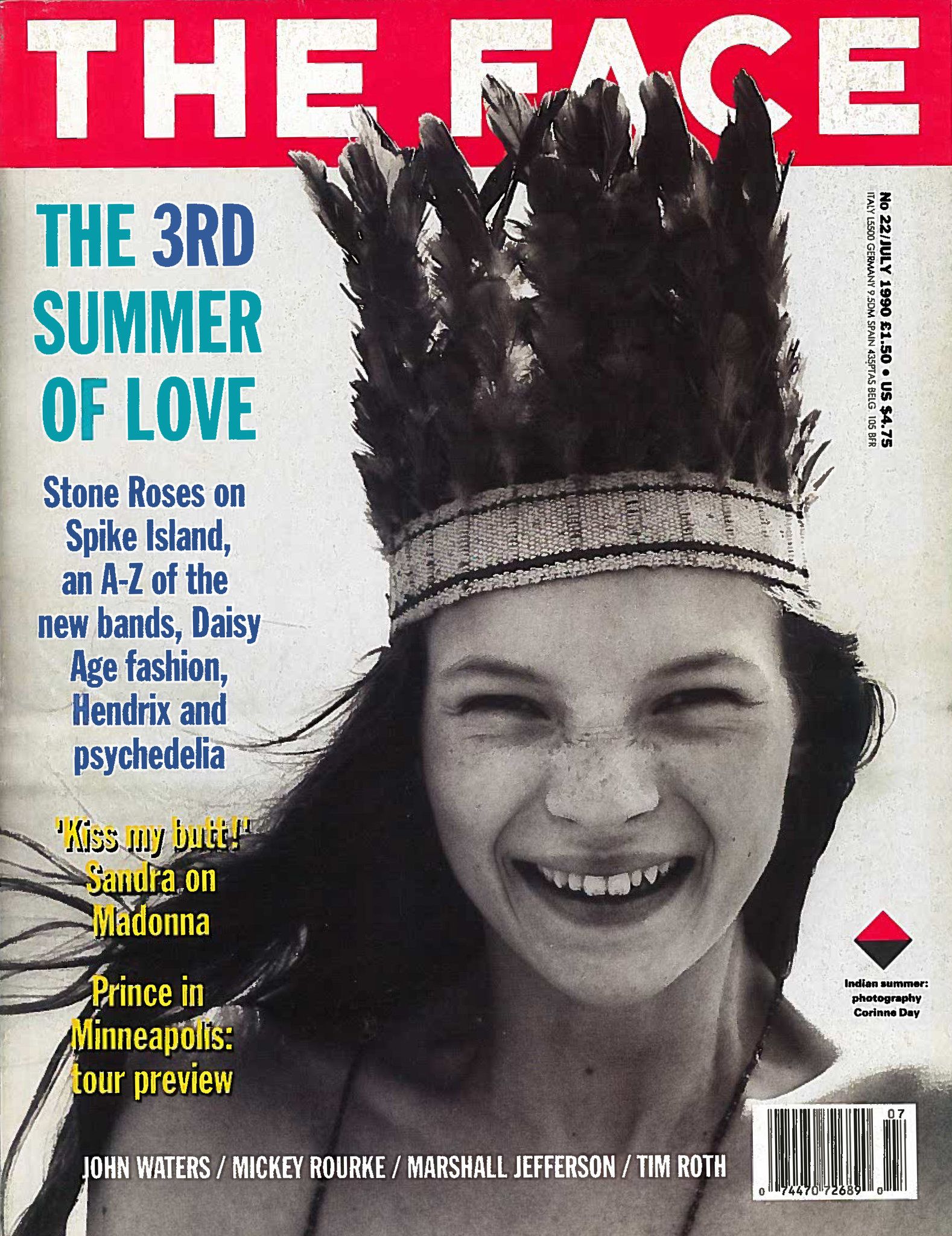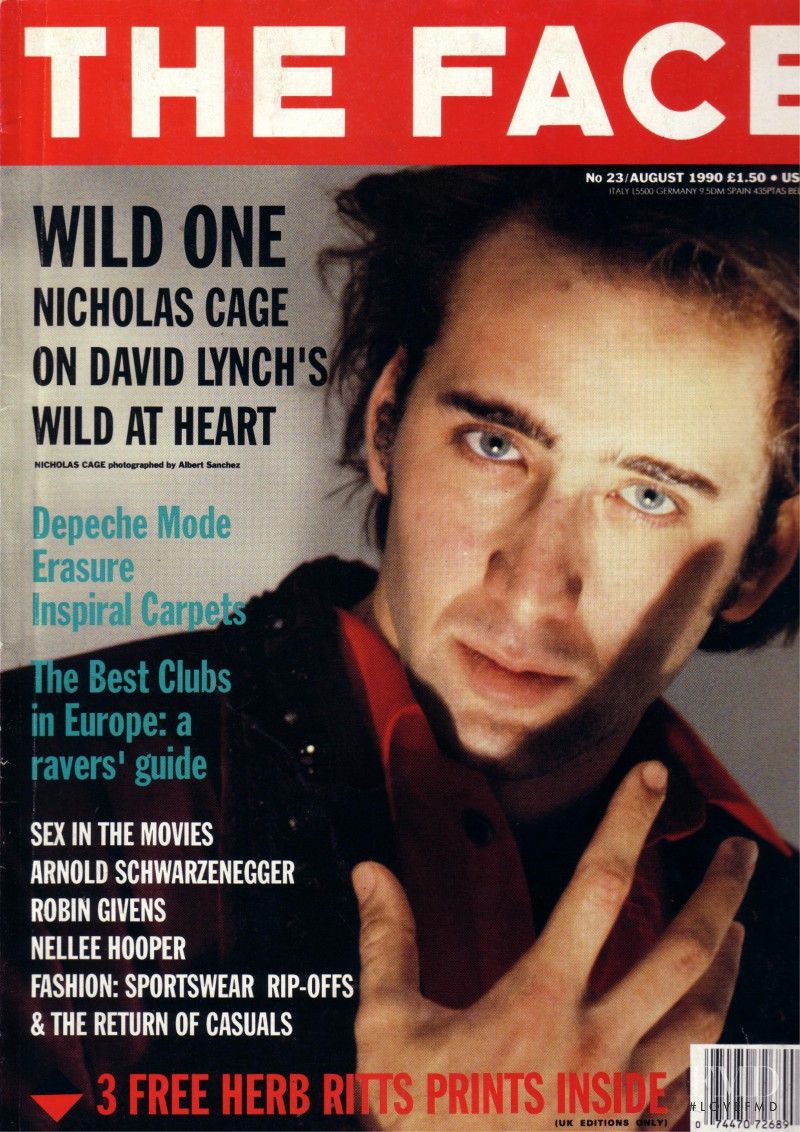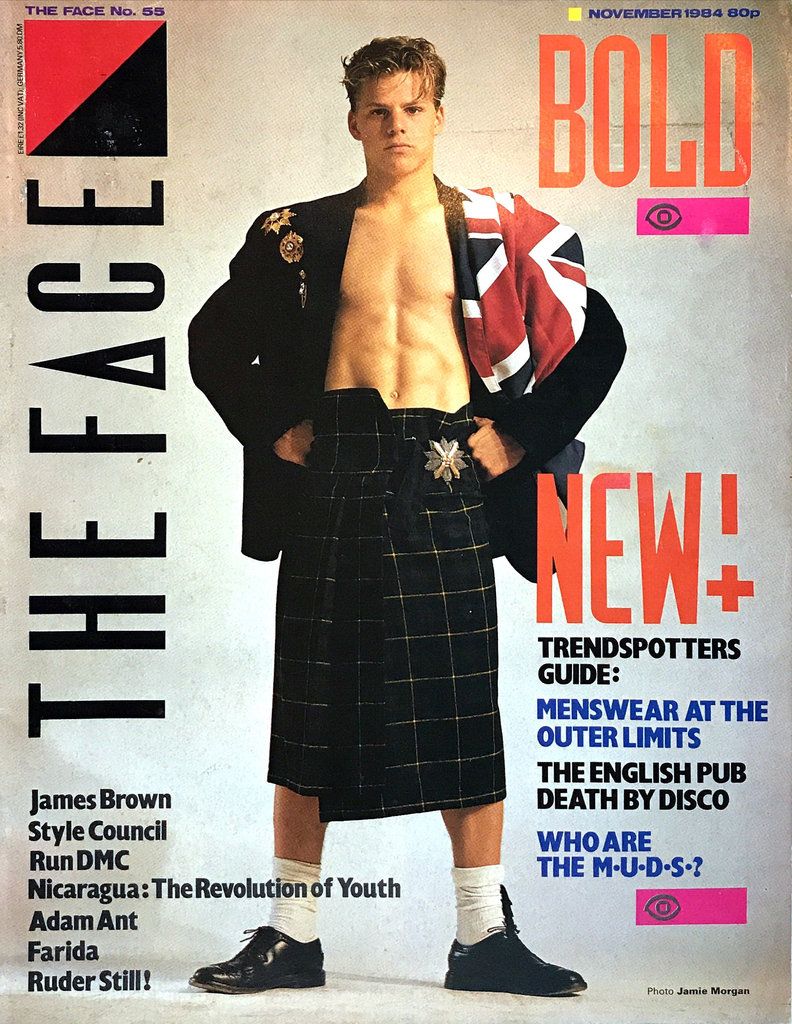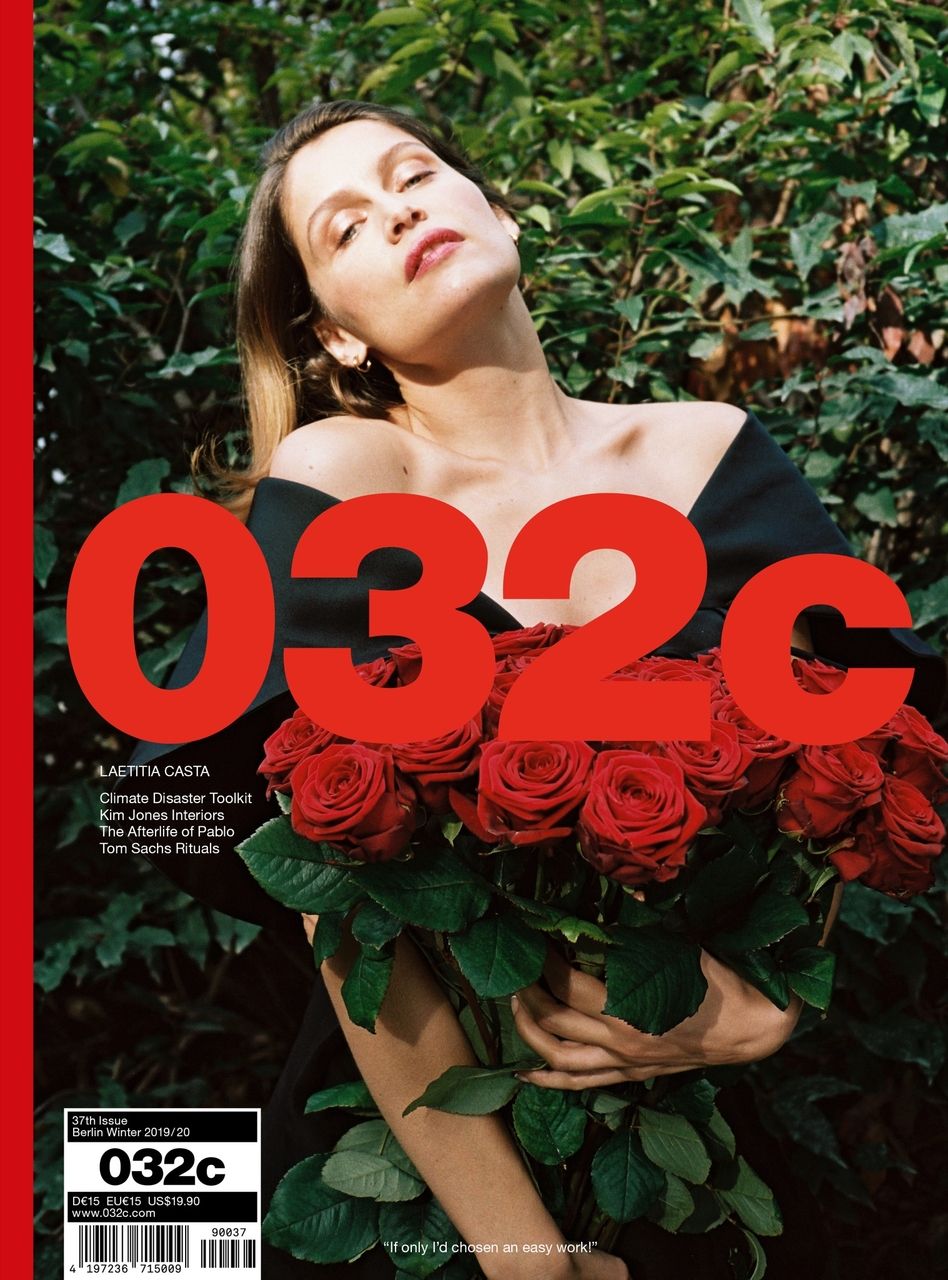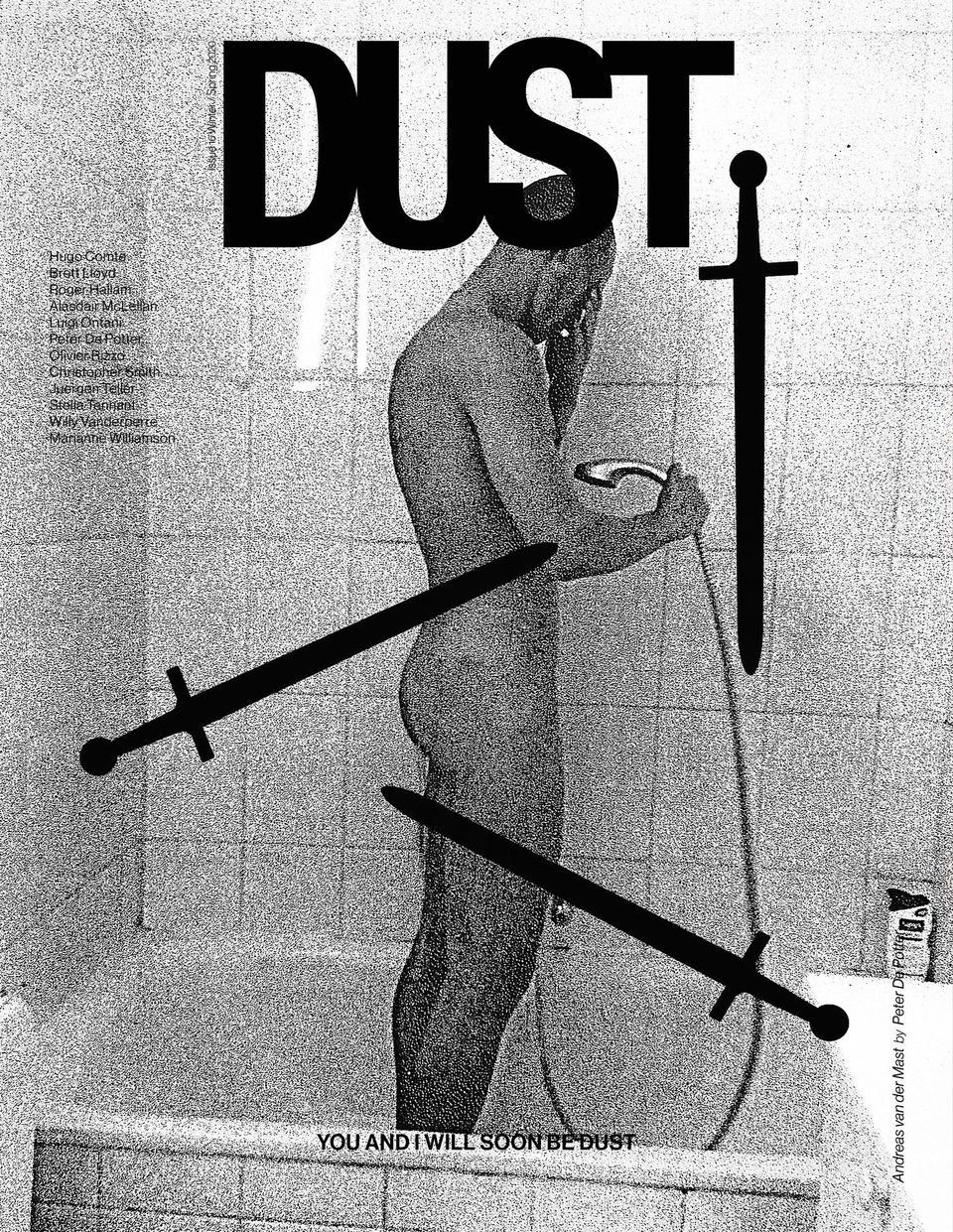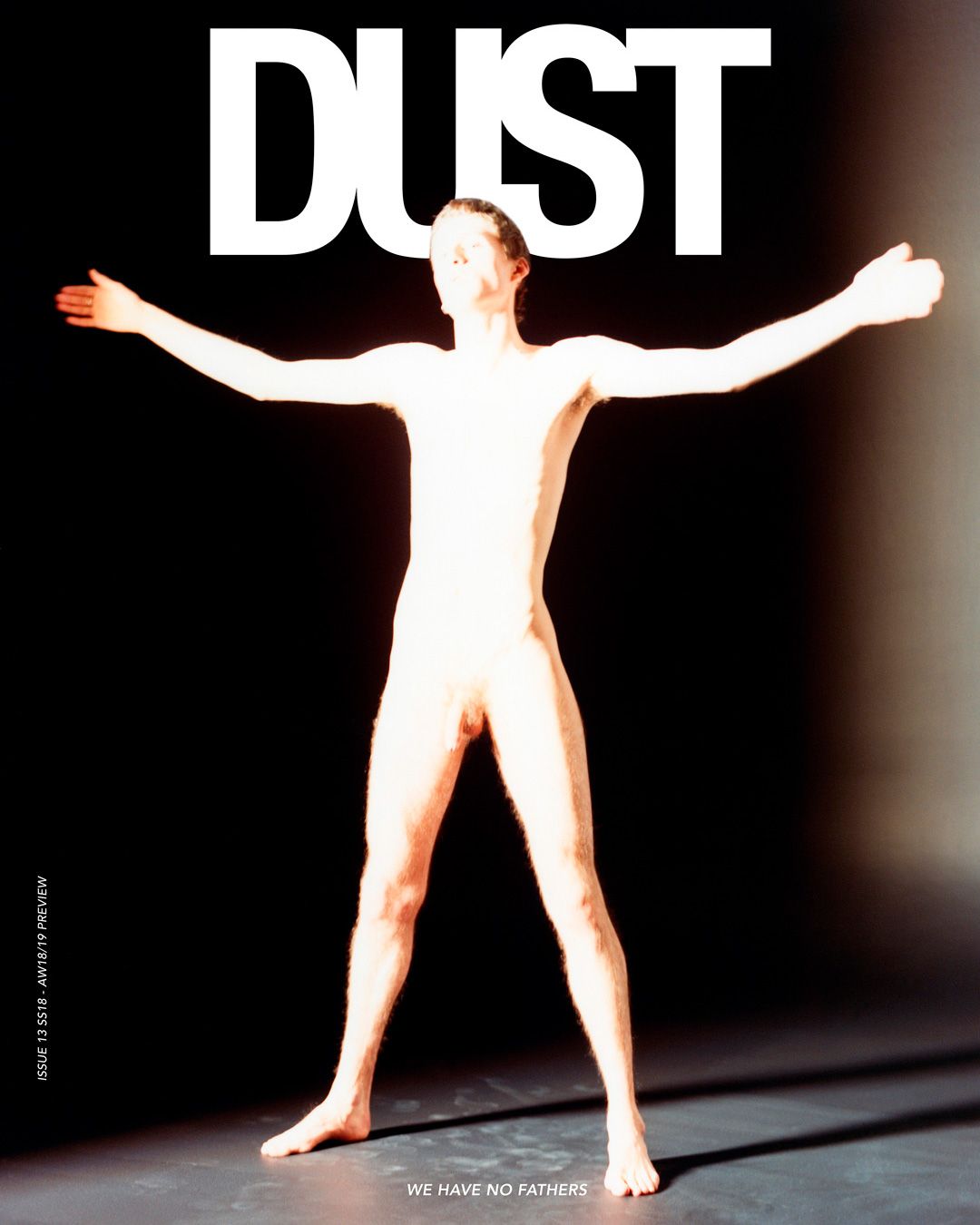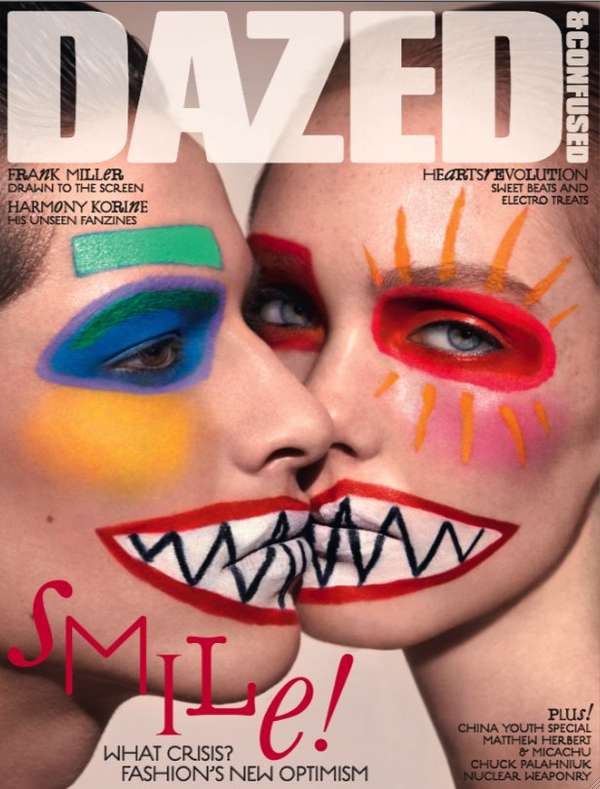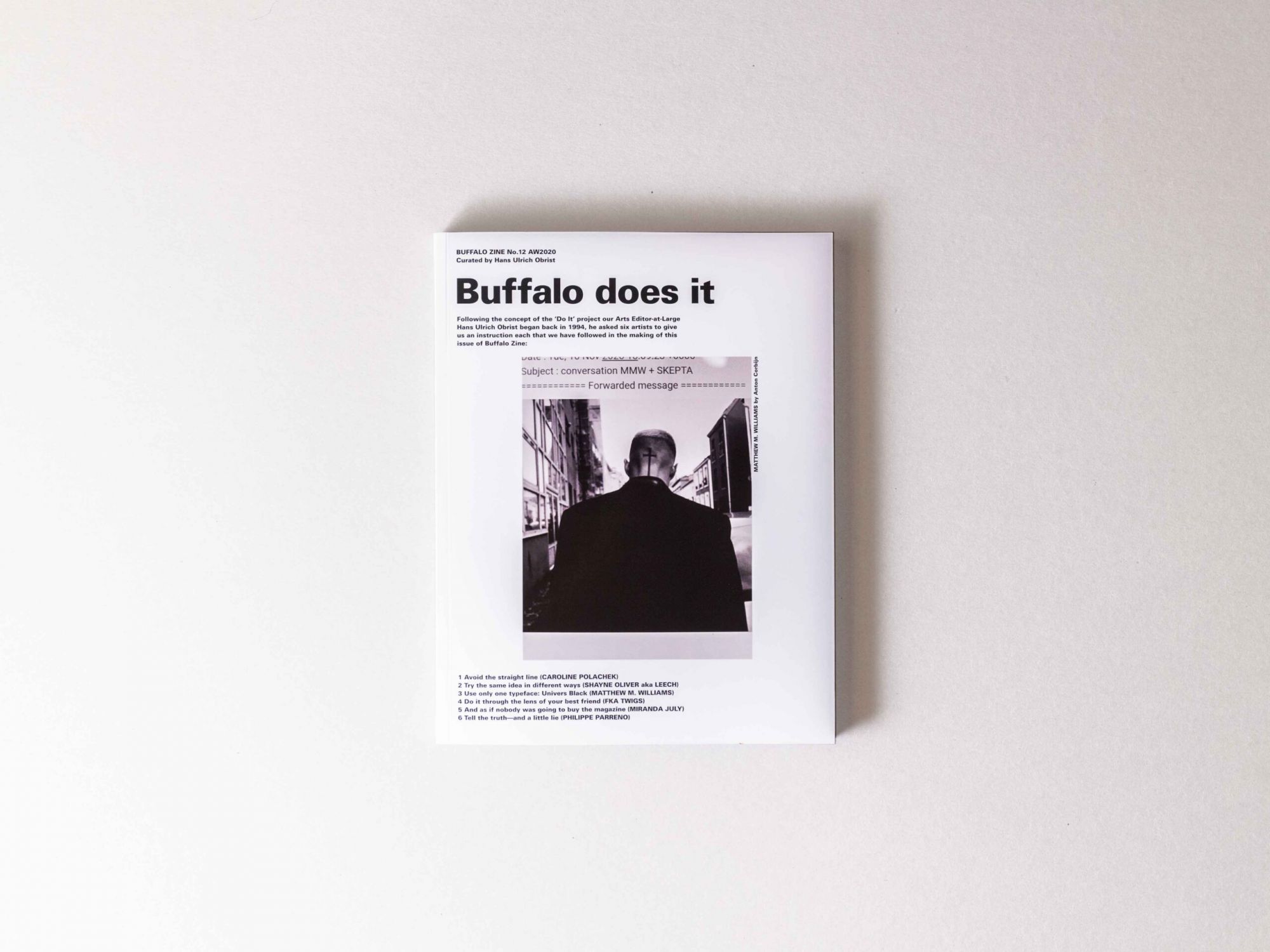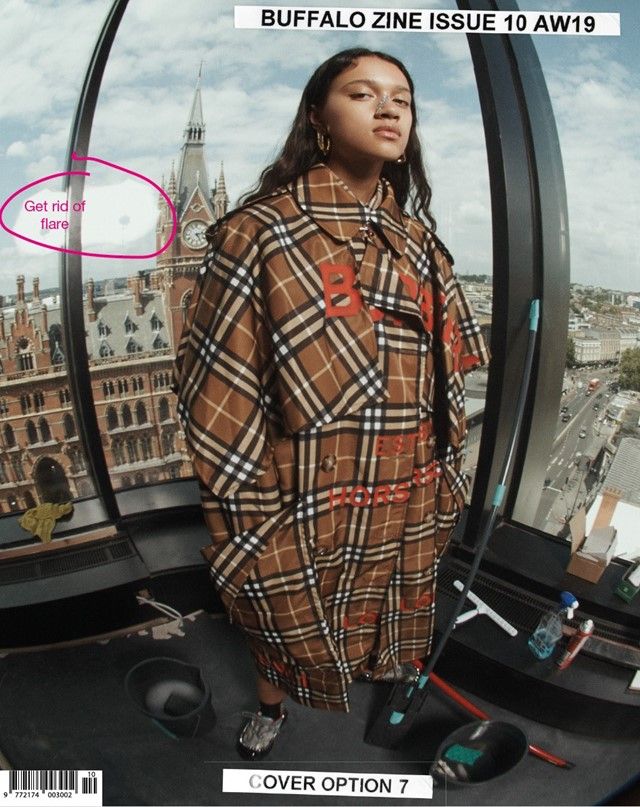
Is it time to go back to making paper magazines? How editorial contents adapt to the media on which they spread
At the Spazio Maiocchi in Milan, 1,000 square meters of lofts transformed from those of Slam Jam into a place for cultural events, every last weekend of November SPRINT, the hall for independent publishers and art books, takes place. Organized by the no profit association O', SPRINT offers free space to a selection of independent publishers who wouldn't have physics display in any other way. When I was there last month - after being severely scolded by my millennial hookers Giulia Geromel and Sofia Del Bene because I didn't know what it was - I found myself in front of a seething of people interested in creativity in paper format and nostalgic for printing house. I thought to be landed in the past, which instead was a place in the present and perhaps a little bit in the future.
In reality, the situation in fashion seems rather confused: burst redundancies have been carried out by the main publishing houses of paper magazines such as Hearst (Marie Claire and Elle) and Condè Nast (Vogue) and some newspapers (Glamor in Italy, Marie Claire in America) have simply ceased to exist. On the other hand, both The Face, the historic fashion and music magazine, and Rolling Stone, the musical bible that in America continues to sell 700,000 copies a month, have reappeared in the UK. There seems to be a specifically mainstream publishing, one that talks to everyone about everything exactly, and a niche publishing that speaks to an equally precise group of people, like on social media. In fact, projects like The Gentlewoman, Buffalo, Industry, 032C, Fantastic Man, Dazed, I-D, Dust work great, creating an unshakeable and almost religious following around them. But in reality, independent paper publishing projects are born every day.
The truth of this chiaroscuro situation is that in 2021 no newspaper can stand up with the traditional methods of advertising investments and sales. Or at least not entirely. Each of the aforementioned projects is in fact the center of a hub consisting almost always of a creative agency that is able to produce content or events for any type of client who is interested in its language as well as its audience, as if paper magazines were the visible part of a complex submerged structure capable of providing extremely recognizable and precise services and a personal point of view that brands, drowned in a world of homologation, increasingly need. In this habit that has existed for some time, however, the creation of extremely different contents are put on the same level: articles of 20,000 characters for the press, articles of 2,500 characters for the web, photo or video shoots for both digital and print, social media strategies and communication strategies in general. As if very different contents could have a common matrix that makes them manageable in the same way. In reality, writing 20,000 lines for a long form or writing 200 for a caption are not at all the same thing and if any of you decide to open a paper magazine one day, you better know.
Quality, an extremely abused word which also from an etymological point of view indicates the characteristic of selection, of choice, has often lost its original meaning and has been replaced by its counterpart, quantity. Nobody expects to find quality content on TikTok, Instagram or YouTube and as this speech sounds terribly boomer, it is much easier to find insight and selection in old stuff like paper newspapers. The difficulty that is emerging on the horizon in picking up a tool like the paper magazine is precisely the quality. Just as a vinyl mercilessly returns the attention that has been given to the sound of every single instrument, voice included, so the paper remains in our hands long enough to make us make extremely serious reflections, pushing us to express more articulated judgments both for the part of the writing than for that of the images. And so we came to the crux. A newspaper is a cultural tool by choice and has been conceived to hold substantial, long, in-depth, perhaps even boring content. Social media, on the other hand, were not created to be a place of reflection but of quick exchange, of sociability that is not generally made up of Socratic dialogues but of lightning-fast stances, of back and forth, of quick interactions. Both are complex but extremely different systems and it is in fact very difficult to find projects that move from one world to another while maintaining an equal depth of message and language.
The topic of managing the quality of content is what emerges in the form of an urgent request from this newfound love for print publishing and although it is possible to find even a high degree of depth on social media, this osmosis is only at the beginning. Making heavy, expensive, slow, difficult and deep paper newspapers should not be the way to put a medal of value on projects that actually feed on speed and superficiality but should become a form of training for those who suffer from heaviness and slowness. met only on the high school desks and hated them and for those who, living every day watching a phone, might find that the quality of the study has something intrinsically attractive. Much, much more than a group of nuns dancing.












































